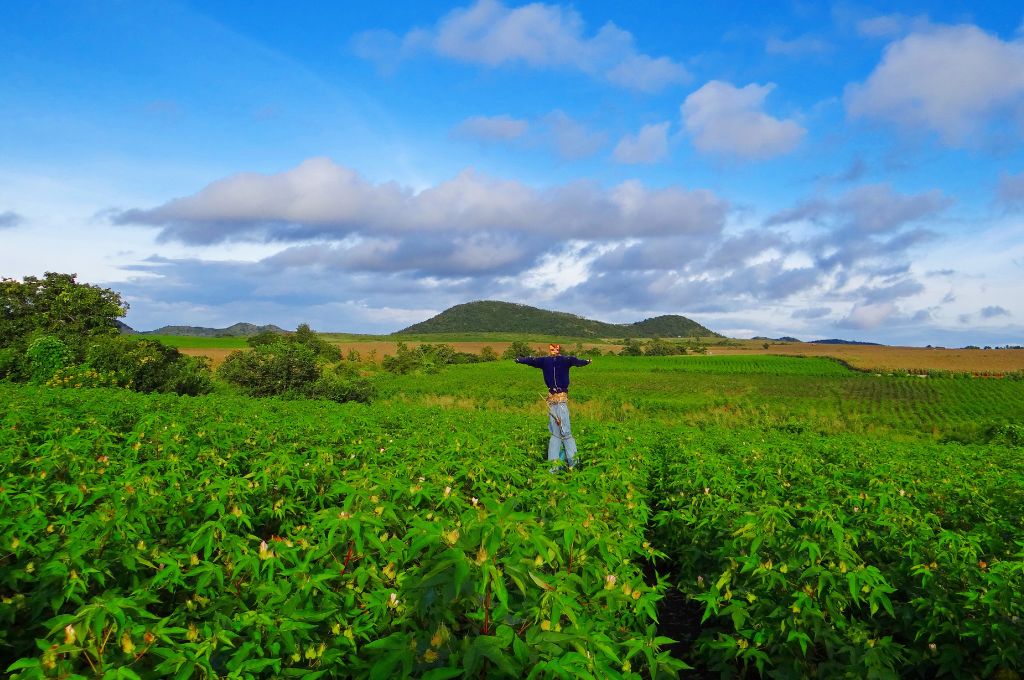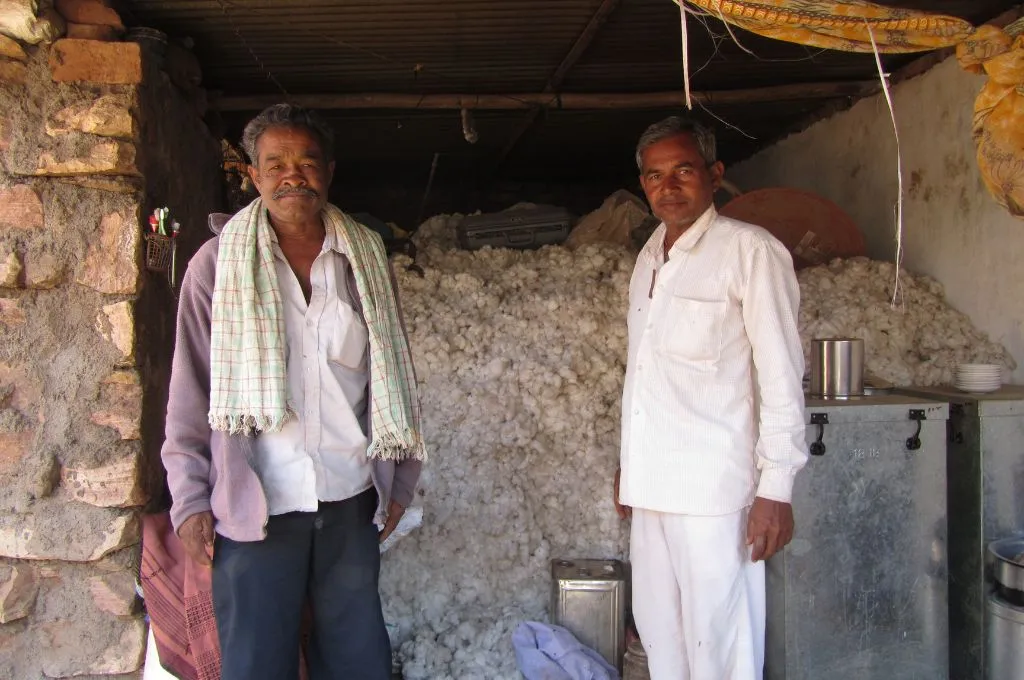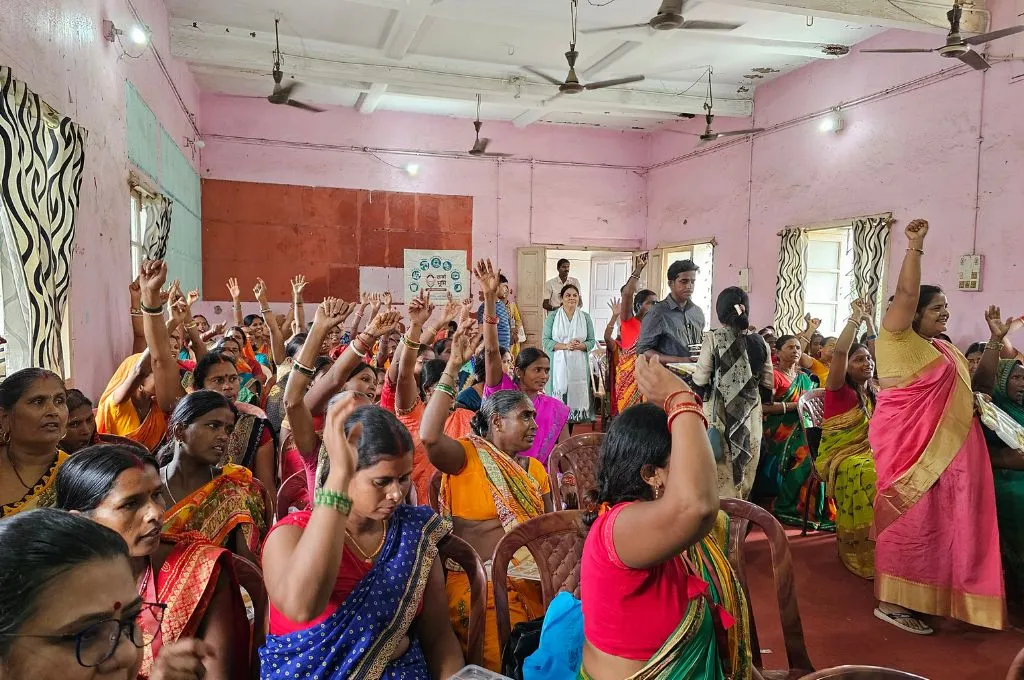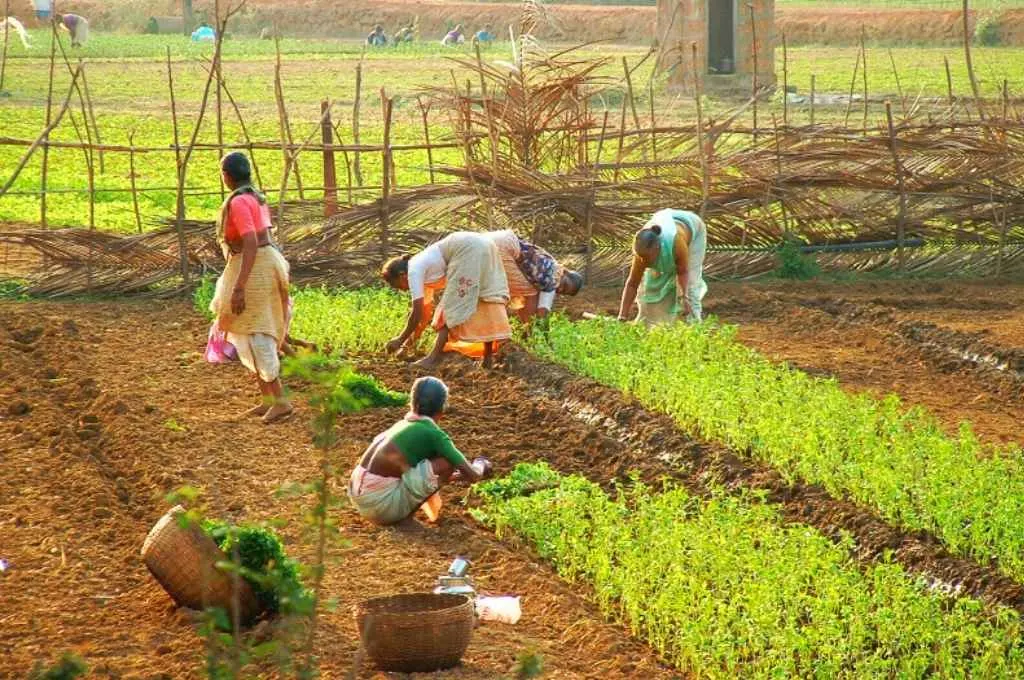The Energy Conservation (Amendment) Bill, 2022, which was introduced and passed in the Lok Sabha on August 8, incorporated the aim of developing the domestic carbon market. While the bill focuses on the renewable energy industry, it can indirectly benefit the country’s farmers as well.1
Approximately 55 percent of India’s population is employed in agriculture. Given its dependence on natural resources such as soil and water, agriculture is significantly impacted by the climate crisis and its accompanying effects including land degradation, market volatility in prices, and rising input costs. This affects the sustainability of agricultural production and the livelihoods of those dependent on it.
Improving soil health is critical
The intensive application of fertilisers and pesticides since the Green Revolution has depleted soil carbon levels and consequently degraded the soil. Various estimates suggest that up to 30 percent of India’s total geographical land area has degraded—almost half of this land constitutes agricultural land, particularly unirrigated/rainfed agricultural land.
Soil comprises organic matter that consists of elements such as carbon, nitrogen, and phosphorus. Approximately 50 percent of soil organic matter is made up of carbon. Thus, soil carbon measurement provides a good indication of overall soil health.
In his 2017 paper, Australian microbiologist and climatologist Walter Jehne said that the earth’s soil carbon sponge, which is formed by the mixture of mineral and organic detritus and air, has an enhanced capacity to absorb and retain rain, improves access to essential nutrients, and supports a diverse range of microbial processes. Therefore, when soil carbon levels drop, the ability of the soil to absorb and retain water also reduces. This constrains the effect of rainfall on the soil and leaves the topsoil prone to run-off and erosion, further leading to cycles of floods and droughts. Through carbon sequestration, we can increase soil carbon levels and reduce carbon dioxide levels, which acts as a dual benefit to climate change and agriculture.
Soil carbon sequestration is a process by which the air’s carbon dioxide is extracted and stored in a soil carbon pool. During photosynthesis, plants break down carbon dioxideand water from the atmosphere into oxygen, sugar, and carbon-rich compounds. These reach the roots and the soil underneath and nourish the organisms below the soil.
The reduction of biomass below the soil, increased soil erosion, and higher tilling causes a higher percentage of carbon dioxide to be released back into the air, which leaves the soil with reduced carbon content.
There are practices that farmers can follow to restore soil health
Techniques that increase biomass and reduce the loss of carbon from soil must be adopted in order to improve soil health. These regenerative agriculture practices include:
- Cover cropping to keep the land covered at all times
- Residue mulching and recycling the soil’s biowaste
- Manure, compost, and biofertiliser usage
- Better crop rotations and intercropping
- Reducing flood irrigation and chemical use
When farmers follow these practices for a few seasons, the carbon content of soil improves. As a result, the yield also increases. However, farmers may need an incentive to adopt these practices as they can be time-consuming and expensive, and unremunerative in the short term. The ability to trade carbon credits at voluntary carbon markets can serve as this incentive.

Carbon credit monetisation can be the nudge
Since the improvement of soil health is innately linked with the ability to increase soil carbon levels, achieving it demands the continuous monitoring of soil carbon levels and the incentivisation of its improvement.
Monetising soil carbon requires a good understanding of carbon credits. Carbon credits are certificates that represent quantities of greenhouse gases that have been kept out of the air or removed from it. One carbon credit certifies that one metric tonne of carbon dioxide has been removed from the atmosphere. Advancements in remote sensing data and AI have enabled the prediction of carbon levels through satellite data, and this serves as one of the methods through which carbon credits are calculated. Companies and governments purchase carbon credits to meet the climate commitments that they make.
Farmers can benefit from participating in the carbon market
The direct benefit is that farmers receive cash-based incentives for the carbon they have helped sequester in their lands. A farmer who sequesters one carbon credit can earn approximately INR 780 at current market prices, but large corporations are likely to provide better rates—as high as INR 2,000—to farmers when directly purchasing large chunks of carbon credits. In our experience, farmers who follow regenerative practices are able to sequester one to four carbon credits per acre.
The indirect benefit that farmers experience is the improvement in soil health due to the carbon captured in the soil. This improvement can be gauged by determining whether the soil displays any of the following characteristics: Increased water-holding capacity, lower soil density, increased water infiltration, increased nutrient availability, and decreased soil surface temperature.
How do carbon credit programmes for farmers work?
While it isn’t easy for individual farmers to go down this route, nonprofits and farmer producer organisations (FPOs) can help them avail the benefits of the carbon credit programmes.
1. Follow regenerative agriculture practices as a group
The first step is for nonprofits/FPOs to promote regenerative agriculture practices among their farmer groups, especially focusing on increasing soil organic matter and soil carbon. Since this can take time and initially lead to lower yields, it is important to handhold and support the farmers during the initial years. Showing that these regenerative practices were adopted is a key step in the process of availing carbon credits.
2. Identify an agri-tech partner or project partner
Agri-tech companies such as Boomitra, Nurture.farm, CarbonX, and Carbon Count trade in voluntary carbon markets. Linking with these companies will enable the farmers’ project to be listed and traded.
3. Onboarding and third-party verification of carbon credits
Once the projects are identified and listed, third-party agencies such as Verra verify these projects. After verification and approval, these credits are sold in credit markets, and the incentives are distributed to the FPO as well as the farmers. Usually this takes between eight and 12 months from the time the project is listed.
The challenges of farming based carbon credits
As with any emerging area, this too has its share of challenges.
- The verification and accurate accounting of carbon increases in the soil is challenging when it comes to proving additionality—the company facilitating the sale of carbon credits must show that the farmer engaged in new practices over and above the routine practices to increase soil carbon levels.
- Once the project is listed, it takes eight to 12 months for the cash incentives to arrive to farmers and FPOs/nonprofits. Additionally, it may take about 12 to 18 months for a project to be listed. This prolonged wait can be arduous for farmers.
- The average landholding size of an Indian farmer is just over one hectare. Thus, the amount of carbon credits received may not be enough for a small farmer to adopt regenerative agriculture practices. Furthermore, since carbon credit trading is in its nascent stages, there is very little awareness among farmers about this option.
What can be done to address these challenges?
- Farmers need to be made aware of the existence and benefits of carbon credit programmes, so that all farmers practising regenerative agriculture can benefit from it.
- As per a McKinsey report, the demand for carbon credits is expected to rise by approximately 15 times by 2030. As a result, market prices of carbon credits could improve significantly.
- The process of measuring and verifying the carbon captured in the soil is evolving rapidly due to technological innovations. As technology continues to improve, the measurement and verification process could become far simpler.
- Since most carbon credit programmes onboard farmer groups rather than individual farmers, the cost and the associated risk of participation for an individual farmer are reduced.
- Governments at the state and central level could attempt to align existing natural farming, regenerative farming, and organic farming schemes so as to nudge farmers to participate in carbon credit programmes. For instance, scheme guidelines could mandate the regular estimation of soil carbon levels, and the data obtained could be shared with carbon credit verifiers to facilitate measurement and verification processes.
With countries across the world making climate commitments, the interplay of carbon credit markets with farmers is likely to evolve over the coming years. However, given the multifaceted benefits of an increase in soil carbon levels, it may be the nudge that leads to the proliferation of regenerative agriculture practices and helps combat climate change.
China launched its own carbon trading market last year. Introducing a similar market in India could also act as a catalyst for achieving climate goals and promote regenerative agriculture through carbon-led incentives.
Disclaimer: The opinion shared in the article represents the personal views of the authors and not of the organisations they work with.
—
Footnotes:
- Please note that the energy bill is for compliance markets, whereas farming carbon credits come under voluntary markets. So the benefit to the farmer carbon credit market may be indirect (increased awareness), unless the government brings in regulations for the voluntary carbon market.
—
Know more
- Learn more about how voluntary carbon credit markets can be scaled to meet the climate challenge.
- Read this article to understand how India’s crop yields and food security are under threat due to rising temperatures.
- Use this calculator to get a glimpse of the carbon credit potential of a farm.






